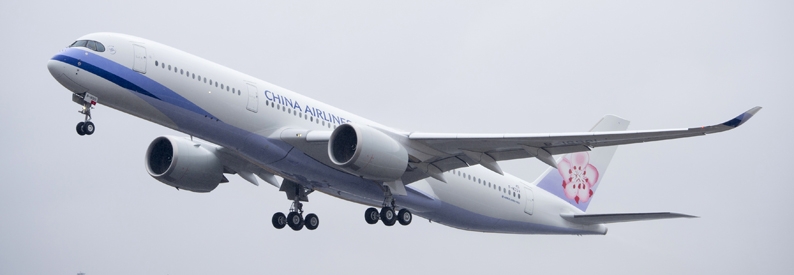Air China and SF Airlines Jets in Near Miss Over Russia

An Air China Airbus A350-900 and an SF Airlines Boeing 767-300ER cargo jet narrowly avoided a mid-air collision over southern Russia on July 6, 2025, after the passenger aircraft made an unauthorized altitude change. The incident, which took place near the mountainous Tuva region close to the Mongolian border, is now under investigation for violating international aviation safety protocols.
Air China flight CA967, registered B-32DN, was en route from Shanghai Pudong International Airport (PVG) to Milan Malpensa Airport (MXP) when it unexpectedly climbed from 34,100 feet to 36,000 feet. At the same time, SF Airlines flight from Budapest (BUD) to Ezhou Huahu (EHU), a Boeing 767-300ER/BCF registered B-220R, was cruising at 35,000 feet. The sudden and unauthorized climb brought the two aircraft within a dangerously close vertical proximity—reportedly between 90 and 120 meters—far short of the minimum 1,000-foot separation required under international aviation regulations.
The proximity of the aircraft triggered emergency Traffic Collision Avoidance System (TCAS) alerts on both jets. Russian air traffic control responded by issuing immediate course corrections, instructing the two aircraft to turn away from each other to avoid a potential collision.
Audio recordings from the event reveal confusion between the Air China crew and Russian controllers. Unlike other nearby flights, including Air China CA861 (Beijing to Geneva) and Hainan Airlines HU7937 (Beijing to Prague), which had been clearly instructed to maintain their altitude, flight CA967 received no specific altitude command at that moment. In a recorded exchange, a Russian controller asked the Air China crew, “Are you climbing with instruction or without instruction? Confirm, please.” The pilot responded, “No. Thank you,” suggesting a possible miscommunication or misunderstanding of instructions.
Chinese media reports cite that the Air China pilot later blamed the incident on a confusing exchange with Russian controllers, claiming the crew was left uncertain due to what he called “a fuss” by the controller involved.
The close call has raised serious concerns about communication protocols and air traffic management in the region, especially in areas with heavy international overflight traffic. With both aircraft operated by Chinese carriers on long-haul routes across Russia, the event highlights the critical importance of coordination between multinational flight crews and foreign air traffic control systems.
No injuries or damage were reported, and both aircraft continued safely to their destinations. However, aviation authorities are expected to review the incident closely to assess accountability and determine whether further procedural changes or disciplinary actions are necessary to prevent similar near misses in the future.
Related News: https://airguide.info/category/air-travel-business/airline-finance/
